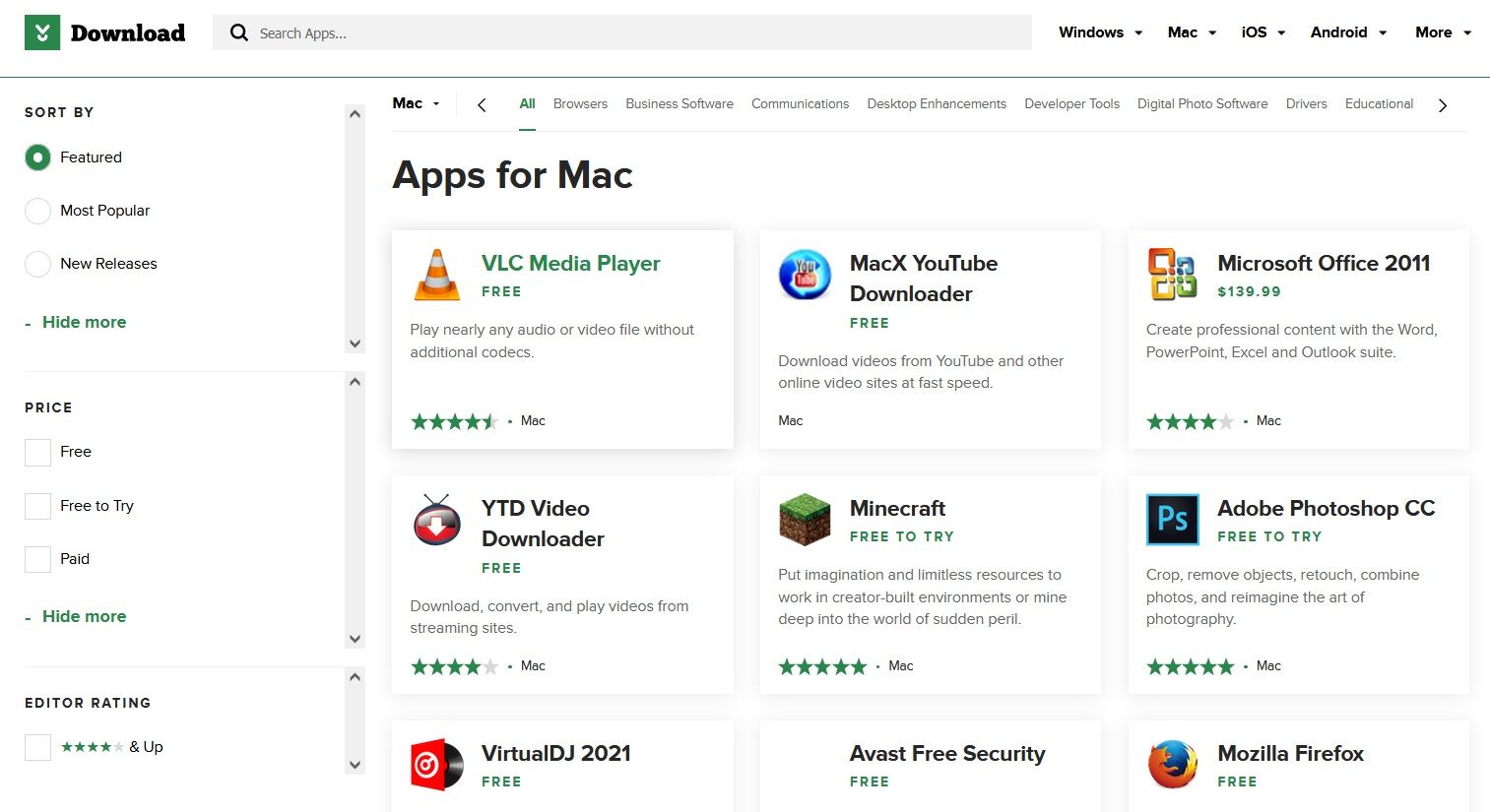

- CNET MALWAREBYTES FOR MAC INSTALL
- CNET MALWAREBYTES FOR MAC SOFTWARE
- CNET MALWAREBYTES FOR MAC CODE
- CNET MALWAREBYTES FOR MAC MAC

☞ A malware attacker could find a way around it, or could get control of a code-signing certificate under false pretenses, or could simply ignore the consequences of distributing codesigned malware. ☞ It can easily be disabled or overridden by the user. It has, however, the same limitations as XProtect, and in addition the following: Gatekeeper doesn't depend on a database of known malware. That may not mean much if the developer lives in a country with a weak legal system (see below.) His identity is known to Apple, so he could be held legally responsible if he distributed malware.
CNET MALWAREBYTES FOR MAC SOFTWARE
Software certified in this way hasn't been checked for security by Apple unless it comes from the App Store, but you can be reasonably sure that it hasn't been modified by anyone other than the developer. By default, applications and Installer packages downloaded from the network will only run if they're digitally signed by a developer with a certificate issued by Apple. Starting with OS X 10.7.5, there has been a second layer of built-in malware protection, designated " Gatekeeper" by Apple.
CNET MALWAREBYTES FOR MAC CODE
Security updates to the code of obsolete systems will stop being released at some point, and that may leave them open to other kinds of attack besides malware.ģ. The security of obsolete system versions may eventually be degraded. Software installed from a CD or other media is not checked.Īs new versions of OS X are released, it's not clear whether Apple will indefinitely continue to maintain the XProtect database of older versions such as 10.6. ☞ It only applies to software downloaded from the network. ☞ It can be bypassed by some third-party networking software, such as BitTorrent clients and Java applets.

The malware recognition database used by XProtect is automatically updated however, you shouldn't rely on it, because the attackers are always at least a day ahead of the defenders.
CNET MALWAREBYTES FOR MAC MAC
All versions of OS X since 10.6.7 have been able to detect known Mac malware in downloaded files, and to block insecure web plugins. OS X now implements three layers of built-in protection specifically against malware, not counting runtime protections such as file quarantine, execute disable, sandboxing, system integrity protection, system library randomization, and address space layout randomization that may also guard against other kinds of exploits.Ģ. The comment is long because the issue is complex. AV software is not intended to, and does not, defend against such attacks. That threat is in a different category, and there's no easy way to defend against it. It does not apply to software, such as keystroke loggers, that may be installed deliberately by an intruder who has hands-on access to the computer, or who has been able to take control of it remotely. This is a comment on what you should-and should not-do to protect yourself from malicious software ("malware") that circulates on the Internet and gets onto a computer as an unintended consequence of the user's actions. The short answer is "no," but it may give the wrong impression that there is no threat from what are loosely called "viruses." There is a threat.ġ.
CNET MALWAREBYTES FOR MAC INSTALL
Mac users often ask whether they should install "anti-virus" (AV) or "anti-malware" software.


 0 kommentar(er)
0 kommentar(er)
